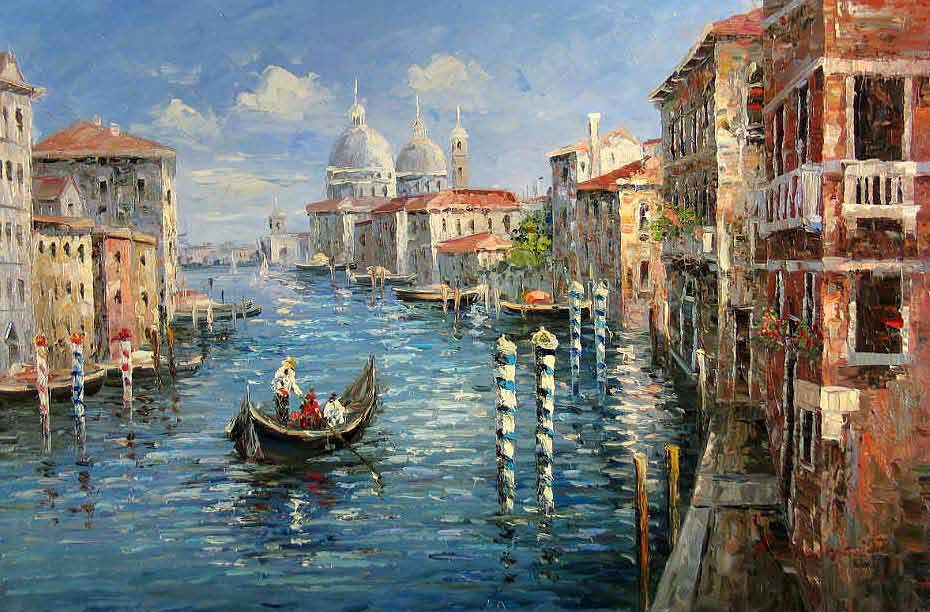Creating Emotional Art from Memories: A Photographer's Guide
In the realm of professional photography, where every click is a chance to capture the essence of a moment, the art of creating emotional art from memories becomes a powerful tool. Photography is not just about capturing images; it's about telling stories, evoking emotions, and preserving memories. For photographers, the ability to transform memories into emotional art can set their work apart and create a lasting impact.
As you embark on the journey of creating emotional art from memories, it's important to understand the profound connection between memories and emotions. Our memories are deeply intertwined with our emotions, and through photography, we have the unique ability to tap into this connection, creating art that resonates with viewers on a personal level.

The Power of Memory in Photography
Memory plays a crucial role in photography. It shapes our perception of images and influences how we relate to them. Photographers have the remarkable ability to capture fleeting moments and transform them into timeless pieces of art. By infusing memories with emotion, photographers can create images that not only capture a moment but also evoke a feeling.
For professional photographers, understanding the power of memory is essential. It's about more than just technical skills; it's about connecting with your subjects and understanding their stories. Whether you're capturing a wedding, a family portrait, or a landscape, the emotional impact of your work hinges on your ability to tap into the memories associated with the scene.
Techniques for Creating Emotional Art from Memories
To master the art of creating emotional art from memories, photographers must employ a range of techniques that enhance the emotional depth of their work. Here are some strategies to consider:
- Storytelling: Every photograph tells a story. By focusing on storytelling, photographers can create images that resonate with viewers on a deeper level. Capturing candid moments, emotions, and interactions can add layers of meaning to your work.
- Lighting and Composition: The use of lighting and composition can significantly impact the emotional tone of a photograph. Experiment with different lighting techniques to create mood and atmosphere. Consider the composition to guide the viewer's eye and emphasize key elements.
- Connection with Subjects: Building a rapport with your subjects is essential for capturing genuine emotions. Take the time to connect with them, understand their stories, and create a comfortable environment for them to express themselves.
The Role of Personal Memories in Artistic Expression
For many photographers, personal memories serve as a wellspring of inspiration. Drawing from your own experiences and emotions can infuse your work with authenticity and depth. Personal memories have a unique ability to evoke emotions in both the artist and the viewer.
Consider how your own experiences can influence your art. Reflect on moments that hold emotional significance for you and explore how these memories can be translated into your photography. This personal connection to your work can be a powerful tool for creating art that resonates with others.
Inspiration from External Sources
While personal memories are a valuable source of inspiration, external influences can also play a significant role in shaping your art. Travel, for instance, can be a rich source of inspiration for photographers. Exploring new places, cultures, and experiences can open your eyes to new perspectives and ideas.
For more inspiration, consider reading about travel-inspired art in this article. It explores how travel can inspire both artists and photographers to create emotionally resonant work.
Memory and Emotion in Different Genres of Photography
Photography encompasses a wide range of genres, each offering unique opportunities for creating emotional art from memories. Let's explore how memory and emotion can be infused into different genres:
Portrait Photography
In portrait photography, the focus is on capturing the essence of a person. Emotions play a central role in creating compelling portraits. By connecting with your subjects and understanding their stories, you can create portraits that convey emotion and tell a deeper story.
Explore more about the techniques for memory-inspired art in this blog post, which delves into how memories can inspire different art forms.
Landscape Photography
Landscapes offer a unique opportunity to capture the beauty and emotion of a place. By incorporating elements of memory and emotion, photographers can create landscapes that transcend mere documentation. Consider the stories and emotions associated with a location to create landscapes that resonate with viewers.
For insights into creating art inspired by favorite places, visit this article.
Conclusion
Creating emotional art from memories is a journey that requires a deep understanding of both photography and the human experience. By tapping into the power of memory and emotion, photographers can elevate their work to new heights. Whether you're drawing inspiration from personal experiences, exploring new places, or connecting with your subjects, the art of photography offers endless possibilities for creating meaningful and impactful art.

FAQ
Q1: How can photographers evoke emotions in their work?
A: Photographers can evoke emotions by focusing on storytelling, using lighting and composition effectively, and building a connection with their subjects.
Q2: What role do personal memories play in photography?
A: Personal memories serve as a source of inspiration, allowing photographers to infuse authenticity and depth into their work.
Q3: Can travel influence a photographer's work?
A: Yes, travel can provide new perspectives and ideas, enriching a photographer's work with diverse experiences and emotions.

